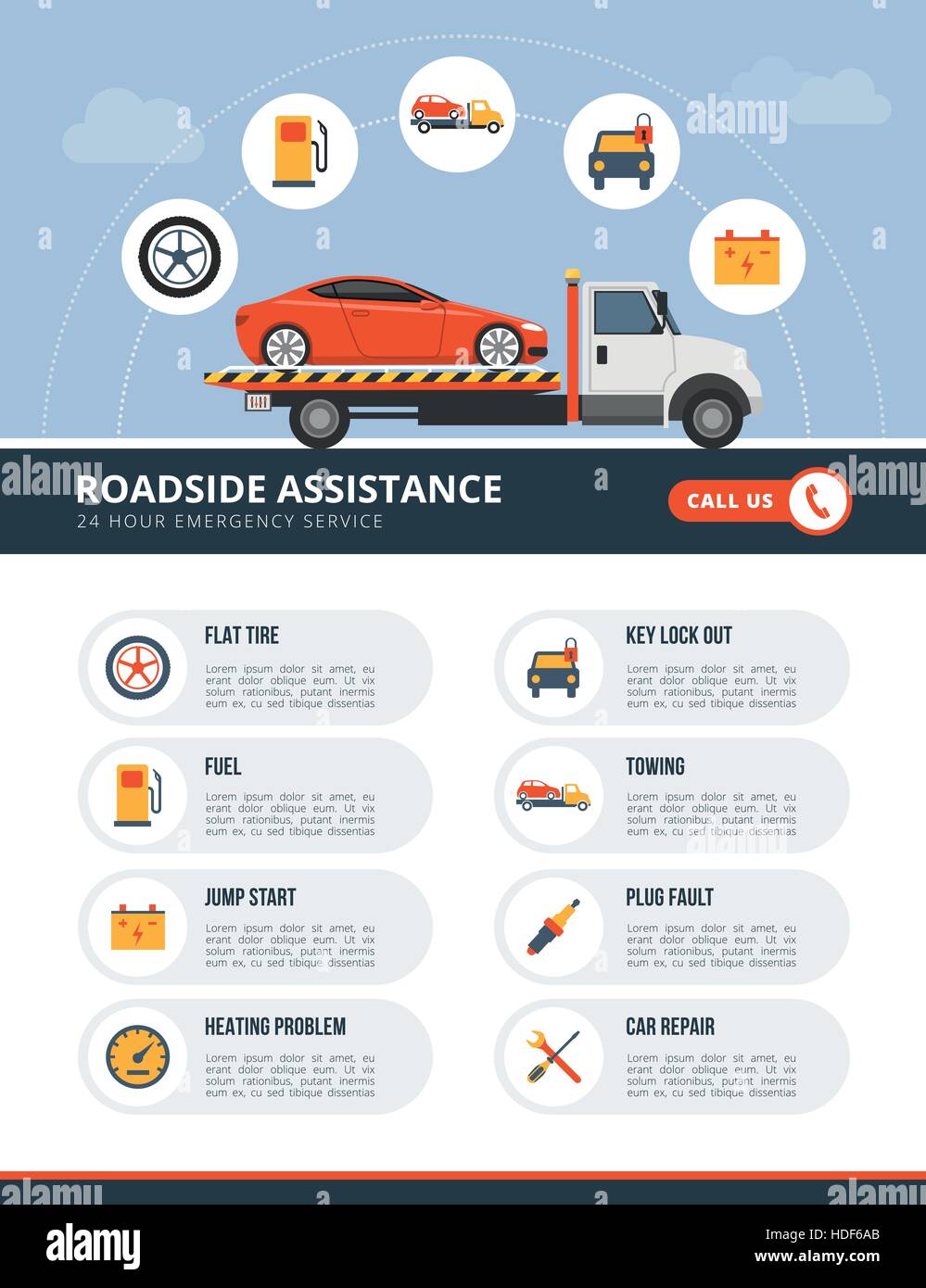When you're behind the wheel, those little caution lights on your automobile's control panel can be fairly perplexing. What do they indicate, and should you be concerned? Understanding these signals is essential for your vehicle's health, however it doesn't need to be an overwhelming job. By deciphering the enigma behind each light, you'll be geared up to handle potential issues efficiently and maintain your vehicle running smoothly. So, next time a caution light flashes, do not panic - arm yourself with knowledge and take control of the situation.
Relevance of Automobile Caution Lights
Comprehending the value of your car's warning lights is critical for keeping your vehicle's health and safety. These lights serve as your automobile's communication system, signaling you to potential issues that might endanger your security on the road or lead to expensive repairs if overlooked. By taking notice of these warnings, you can attend to issues early and avoid further damage to your car.
Disregarding alerting lights can lead to major effects, such as engine failing, brake breakdowns, and even accidents. These lights are created to notify you of issues ranging from reduced tire stress to engine malfunctions, giving you the chance to do something about it prior to the circumstance worsens. Regularly inspecting and recognizing these cautions can conserve you time, cash, and guarantee your safety and security while driving.
Along with keeping you safe, reacting quickly to cautioning lights can additionally help lengthen the life-span of your car. By resolving problems early on, you can avoid little troubles from rising into significant repair work, ultimately saving you money and time in the long run. Bear in mind, your auto's caution lights are there for a reason - do not ignore them!
Common Caution Lights and Meanings
When it concerns driving your automobile, recognizing common caution lights and their definitions is necessary for your security and automobile maintenance. https://ecutuningforbeginners28495.blog-gold.com/36831414/navigate-the-comprehensive-guide-to-automobile-outlining-for-an-unparalleled-showroom-radiate-discover-the-keys-to-raise-your-vehicle-s-appearance are a couple of usual caution lights you may run into:
1. ** Check Engine Light **: This light indicates a problem with your engine. It could be something small like a loosened gas cap or something a lot more major like engine misfiring.
2. ** Battery Light **: This light signals a problem with your car's charging system. It could show a malfunctioning battery, alternator, or other related elements.
3. ** Oil Stress Light **: When this light begins, it indicates your engine may be running low on oil or experiencing reduced oil pressure, which can cause engine damages otherwise dealt with quickly.
4. ** Brake System Light **: This light suggests a concern with your braking system. It could mean reduced brake fluid levels or a trouble with the brake system that requires prompt interest.
Recognizing https://brakerotors62739.nizarblog.com/30097229/seeking-to-handle-fundamental-auto-fixings-like-a-seasoned-specialist-learn-the-5-key-tools-that-can-significantly-influence-your-auto-undertakings will certainly help you recognize possible issues beforehand and avoid more significant issues down the road.
How to Reply To Warning Lighting
In the event that a warning light brightens on your automobile's dashboard, it's essential to respond without delay and appropriately. When a warning light comes on, the primary step is to consult your proprietor's guidebook to comprehend the specific issue suggested by the light.
Some lights require instant focus, while others might indicate a less urgent issue. If the caution light is red or flashing, it's usually an indication of a serious issue that requires immediate activity. In such situations, it's recommended to pull over securely, switch off the engine, and look for expert help.
For yellow or orange warning lights, while they might not require immediate focus, it's still vital to resolve the hidden concern without delay to prevent more damages. Routine maintenance and examination can assist prevent cautioning lights from coming on all of a sudden.
Verdict
In conclusion, recognizing your car's warning lights is critical for preserving your car's health and wellness. By consistently inspecting and reacting to these warnings, you can address possible concerns early and protect against expensive repairs or safety risks. Remember to consult https://martinrngau.ttblogs.com/9492114/contrasting-do-it-yourself-vehicle-repair-work-with-expert-solutions-financial-prices-time-allocation-and-resulting-outcomes for details on various caution lights and constantly take instant activity for red or flashing lights. Keep https://www.underhoodservice.com/the-next-generation-in-automotive-repair-cytk-smart-search/ and maintain your auto running smoothly!
